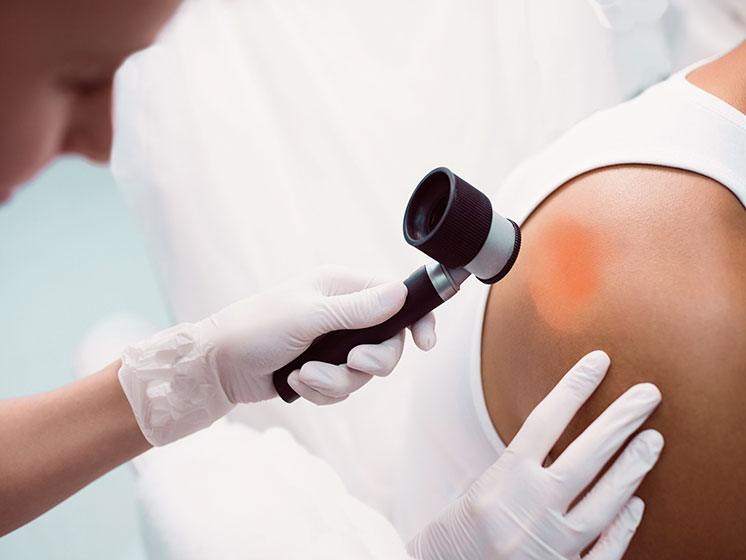Find a certified mohs surgery to remove skin cancer with minimal scarring.
Find a certified mohs surgery to remove skin cancer with minimal scarring.
Blog Article
Navigating Skin Cancer Treatment: The Vital Function of Mohs in Modern Dermatology Practices
Skin cancer, a difficult diagnosis, commonly leaves clients grappling with many therapy alternatives. As we discover the intricacies of this treatment, one will value its pivotal function in skin cancer cells treatment.
Comprehending Skin Cancer Cells: Kinds and Dangers
Skin cancer, a possibly deadly condition, is much more common than lots of individuals realize. This illness, triggered by the unchecked growth of abnormal skin cells, mainly arises from DNA damages as a result of exposure to the sun and ultraviolet (UV) light. There are three primary kinds of skin cancer cells: Basal cell carcinoma, Squamous cell carcinoma, and Melanoma. While the former two are less deadly and compose the bulk of diagnosed situations, melanoma is the most hazardous. It represents just concerning 1% of skin cancer cells instances yet creates the substantial bulk of skin cancer fatalities - hair loss. Danger elements include fair skin, history of sunburn, excessive sun direct exposure, living at high altitudes or shut to the equator, having several moles, a family members background of skin cancer cells, and deteriorated body immune system.
What Is Mohs Surgery and How It's Reinventing Skin Cancer Cells Therapy
Despite the countless treatments presently available for skin cancer cells, Mohs surgical procedure sticks out as a groundbreaking and highly reliable service. Called after Frederic E. Mohs, the physician that developed the treatment, Mohs surgical procedure is an exact surgical strategy used to treat skin cancer cells. Throughout the procedure, thin layers of cancer-containing skin are gradually eliminated and analyzed till just cancer-free cells remains. This technique allows the specialist to validate that all cancer cells have been gotten rid of at the time of surgery. This level of accuracy, incorporated with the ability to spare as much healthy cells as feasible, is transforming skin cancer therapy. Because of this, Mohs surgical treatment has actually come to be a cornerstone of modern dermatology methods.
The Benefits of Mohs Surgical Procedure Over Typical Skin Cancer Cells Therapies
Structure on the ingenious nature of Mohs surgery, it's essential to consider its countless advantages over standard skin cancer cells treatments. Unlike common procedures, Mohs provides a greater cure rate, commonly reaching 99% for novice therapies and 94% for recurrent cancers. Furthermore, it decreases damage to healthy skin, leading to less scarring and boosted aesthetic outcomes.
The Procedure of Mohs Surgical Treatment: What to Anticipate Throughout the Refine

Prospective Adverse Effects and Post-Operative Care of Mohs Surgical Procedure
Undergoing Mohs surgical procedure, like any other medical treatment, entails possible adverse effects that individuals ought to recognize. Typical side effects include discomfort, bruising, and swelling at the surgical procedure site. These are normally momentary and manageable with over the counter pain medicine and ice packs. In unusual situations, people might experience infection, blood loss, this post or an allergy to the regional anesthetic. Post-operative treatment is critical to healing and reducing side results. This typically involves keeping the wound clean and dry, taking proposed medicines, and preventing arduous tasks. Patients must likewise attend all follow-up appointments for wound care and monitoring. Sometimes, additional treatments may be necessary to ensure full removal of the malignant cells. Complying with these post-operative treatment standards can considerably improve healing and results.
Conclusion

Report this page